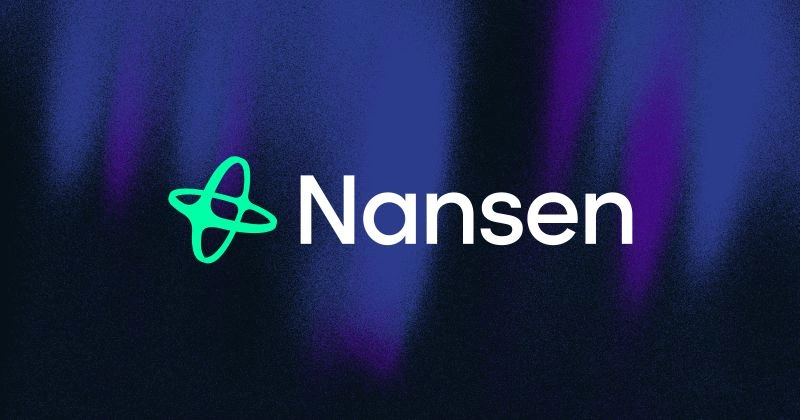Top On-Chain Tools: Pros, Cons & What They’re Really Good For
May 27, 2025

A Clear Look at the Top On-Chain Tools—Without the Hype
So you’ve heard about top on-chain tools, but let’s be honest—figuring out which ones are actually useful (and which are just glorified dashboards) can feel like a guessing game. Some people swear by Etherscan, others can’t live without Dune… and then there are tools that look great on paper but fall short in the real world.
This guide lays it out clearly: the pros, the cons, and what each tool is best (and worst) at. No fluff. Just the good, the bad, and the maybe-not-worth-your-time.
Etherscan: Transparent but Overwhelming Top On-Chain Tools
Pros
- Extremely detailed transaction history
- Trusted and widely used
- No login needed—just plug and play
Cons
- Interface is dense and not super beginner-friendly
- Doesn’t interpret data for you—you kinda need to “know” what you’re looking at
Who it’s best for
Anyone who wants raw, unfiltered data—great for checking wallet activity or verifying what just happened with that ETH transaction. But it’s not exactly welcoming for the casual user.


DeBank: Simple Portfolio Tracking, With Some Gaps
Pros
- Shows assets across DeFi and multiple chains
- Clear interface, easy to digest
- Tracks wallet activity in a pretty digestible format
Cons
- Doesn’t cover every chain (yet)
- Might miss small or less-known tokens
- Some yield farming info can be outdated or incomplete
Who it’s best for
If you’re managing more than one wallet or dabbling in DeFi, this tool saves a ton of time. Just… don’t expect it to be flawless.

Dune: Visual Data Paradise—If You Know What You’re Looking At
Pros
- Crowdsourced dashboards, tons of cool insights
- Community-driven, meaning a lot of niche data is covered
- Some visualizations are honestly brilliant
Cons
- Can be super confusing if you don’t know SQL
- Dashboard quality varies a lot—some are amazing, others half-baked
- You need to dig to find the good stuff
Who it’s best for
Crypto users who want to go deeper—maybe you’re tracking airdrops or curious about liquidity flows. If numbers excite you, Dune is a playground.


Nansen: Smart Money Tracker… But You’ll Pay for It
Pros
- Tracks whale wallets and “smart money” behavior
- Helps spot trends before they go mainstream
- Clean UI, surprisingly beginner-friendly
Cons
- Expensive—free version is super limited
- Might feel like too much data if you’re just dabbling
- Not always easy to interpret the “why” behind the moves
Who it’s best for
Power users, traders, analysts—people who want an edge. But if you’re just buying and holding ETH… probably overkill.

Zapper: The One-Stop DeFi Dashboard That Tries to Do It All
Pros
- Combines portfolio, staking, farming, and bridging
- UI is approachable—even fun to use
- Bridges and swaps baked in
Cons
- Like DeBank, it can miss some data
- Not always the most up-to-date info
- Complex DeFi strategies still require other tools
Who it’s best for
DeFi users who want everything in one place, and don’t need granular precision. If you like dashboards more than spreadsheets—Zapper’s your friend.
The Bottom Line: No One Tool Does It All, But the Top On-Chain Tools Make a Huge Difference
So here’s the thing—there’s no perfect tool. Each of the top on-chain tools has its own angle, its own strengths… and its blind spots. Maybe you’ll bounce between Etherscan for raw data, DeBank for an overview, and Dune when you’re feeling curious. That’s totally normal.
What matters is this: using any of these tools puts you ahead of the game. You’re no longer guessing. You’re looking under the hood—and that makes all the difference.
Relevant news: Top On-Chain Tools That Actually Make Your Crypto Life Easier

